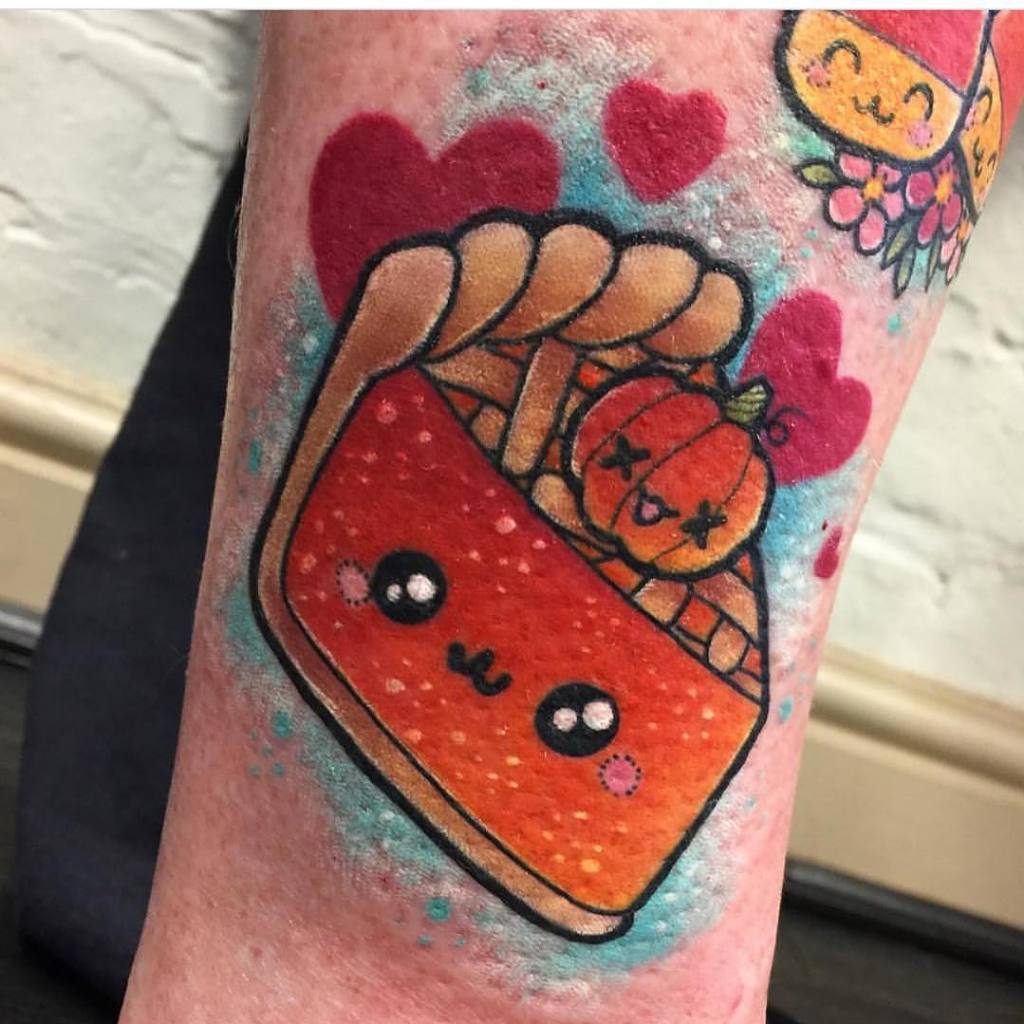Getting a new tattoo is exciting, but what happens after you leave the studio is just as important as the design itself. Tattoo aftercare determines how well your ink heals, how vibrant it looks over time, and whether your skin stays healthy. In 2025, with advanced inks and techniques, the basics of aftercare remain timeless, but there are also new best practices to consider. This guide covers everything you need to know about caring for your tattoo from the moment you step out of the chair to years down the road.
Day 1 – Immediate Tattoo Care
Your tattoo artist will usually cover your fresh tattoo with a bandage or a special protective film. This layer protects the wound (yes, a tattoo is technically an open wound) from bacteria and debris.
- Keep the bandage on: Follow your artist’s recommendation, usually between 2–24 hours.
- Avoid touching: Fresh tattoos are vulnerable, and unwashed hands can introduce bacteria.
- First wash: Gently wash with lukewarm water and mild, fragrance-free soap once the bandage is removed.
Week 1 – The Healing Phase
In the first week, your tattoo will start to scab and peel. This is normal. Resist the urge to scratch or pick at it, as this can cause scarring or uneven color retention.
- Moisturize: Apply a thin layer of fragrance-free moisturizer or tattoo aftercare ointment.
- Avoid soaking: No swimming, hot tubs, or long baths during this stage.
- Stay clean: Wash gently twice a day and pat dry with a clean towel.
Week 2–4 – Peeling and Settling
By the second week, peeling will begin, similar to a sunburn. This is when your tattoo may look dull or flaky – don’t panic, it’s part of the process.
- Keep moisturizing: Hydration is key for preventing cracks or dryness.
- Wear loose clothing: Avoid tight fabrics that rub against the healing tattoo.
- Protect from sun: Do not apply sunscreen yet; instead, keep tattoos covered if you’re outdoors.
Month 2 and Beyond – Long-Term Tattoo Care
Once fully healed, tattoos still need ongoing care to stay vibrant. Skin ages, and environmental factors like sunlight and dryness can cause fading over time. Good long-term aftercare extends the life of your art.
- Use sunscreen: Once healed, apply SPF 30+ to prevent fading and discoloration.
- Moisturize regularly: Healthy, hydrated skin keeps tattoos sharp and colorful.
- Stay hydrated: Drinking enough water benefits your skin and ink.
- Consider touch-ups: Some designs may need a refresh after several years.
New Practices in 2025
Tattoo technology and aftercare have evolved. Here are some of the new trends and best practices:
- Protective films: Many artists now use advanced second-skin bandages that allow tattoos to heal faster and reduce infection risk.
- Vegan aftercare products: More clients are choosing natural, cruelty-free moisturizers and balms.
- Supplements for skin health: Some people support recovery with antioxidants and collagen-boosting nutrients to improve healing.
- AI skin analysis: Emerging apps can track how your tattoo ages over time, suggesting personalized care.
Common Mistakes to Avoid
- Over-moisturizing, which can suffocate healing skin.
- Scratching or picking at scabs.
- Skipping sunscreen, the #1 cause of tattoo fading.
- Trusting unverified aftercare “hacks” online instead of professional advice.
Conclusion
Tattoo aftercare is about patience, discipline, and consistency. By following immediate aftercare steps, maintaining long-term habits, and embracing modern 2025 practices, you can keep your tattoos looking sharp and vibrant for years. Remember: the art is permanent, but its quality depends on how well you care for it. Treat your tattoos with respect, and they’ll continue telling your story beautifully.


